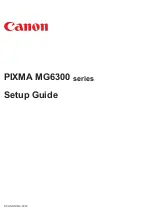
BASIC CONCEPTS
Fonts
Fonts are character sets, each having a unique type style, type
size, and orientation. Fixed and proportionally spaced fonts are
available for use on laser printing systems. Each character
occupies an area on the form called a character cell. With fixed
fonts, all character cells in the set are the same width. With
proportional fonts, character cells vary in width, as shown in
figure 2-2.
Figure 2-2.
Character spacing
Because the length of a line printed with a proportional font is
relatively unpredictable, fixed fonts are used for variable data on
a report to avoid overprinting forms data with variable data.
Proportional fonts are normally used for forms data, that is, titles,
headings, and so forth. A letter is an example of the use of
proportional fonts for variable data. The differences in width are
illustrated in figure 2-3.
Figure 2-3.
Character spacing examples
Fonts are available in various typefaces (for example, OCR and
Titan), sizes, styles (for example, serif and sans serif), and weights
(for example, medium and bold).
In addition to typeface, style, and size, a font can be defined by
its orientation:
•
Landscape font
•
Portrait font
•
Inverse landscape font
•
Inverse portrait font.
2-2
XEROX 4850/4890 HIGHLIGHT COLOR LPS FORMS CREATION REFERENCE













































